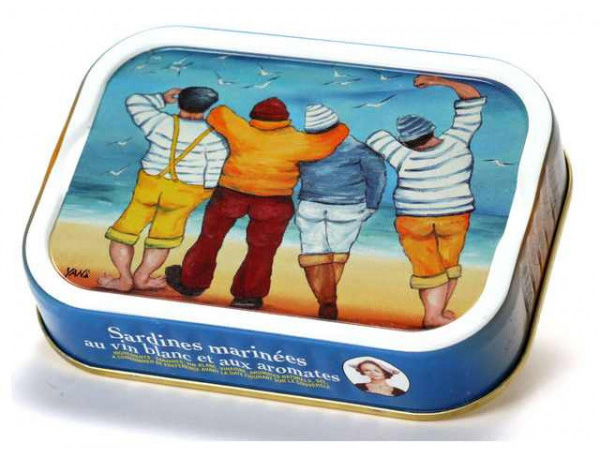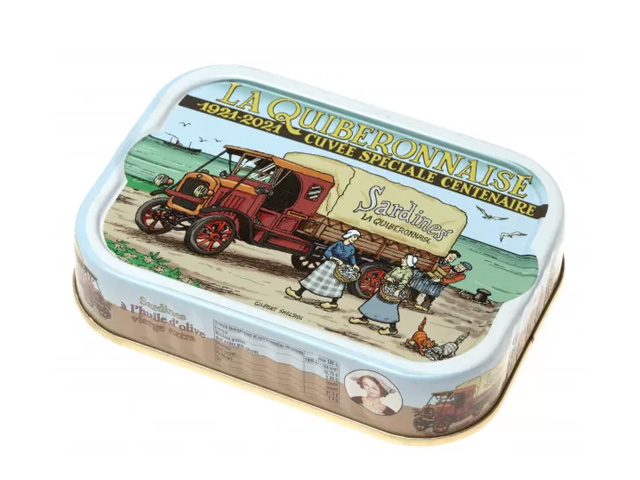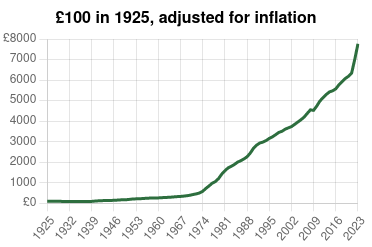If current headlines (week 24, 2023) about the turmoil in the Conservative party appear serious, wait until the parlous state of the UK’s unfinished Brexit arrangements come home to roost. History will judge those responsible, but the UK population will pay the price. Having copied and pasted the Common European Tariff into the UK economy, ministerial hands have been fiddling with some of the detail, but not with any visible signs of understanding what they were about.

As one might expect, the Common European Tariff is haunted by a number of ghosts in the machine. These are mainly mechanisms that protected former cornerstones of the Common Agricultural Policy from third country imports. With some dating back to the 1970s, these tariffs were supposed to make subsidised EU agricultural products competitive on the internal market against third country goods. Many of the tariffs are ad valorem percentages, but most of the politically sensitive sectors supported by the CAP are made up of an ad valorem percentage and a flat rate payment per 100kg in Euros, redenominated in GBP.
Third country olive oil arriving in the EU still faces a flat rate duty of EUR 124.50 per 100 kg. For some years now, there have been trade deals with third countries such as Tunisia, which establish a duty-free quota for EU packers. This olive oil can then be traded freely within the EU.
Under Rules Of Origin (ROO), however, any third country olive oil arriving in the UK is liable for duty at GBP 104 pro rata in blends, converted into sterling at around 85p to the Euro. Now the UK has no indigenous producers of olive oil to protect from competitive pricing of third country oils and ministers could have cheerfully set the duty to zero.
All the schedule XIX money values appeared in Euros before Brexit, as they did when the document first appeared in the summer of 2018. For its UK enquiries, HMRC works in pounds and pence. The transfer of Schedule XIX to Sterling was carried out by the WTO (World Trade Organisation) but there remain a lot of unresolved issues that will take a lot longer to resolve than Brexit. With more than 160 members, the WTO’s insistence on consensus makes bluster and confrontation counter productive. Brexit negotiations were shot through with contempt for consensus on the British side. In Geneva it doesn’t wash.






